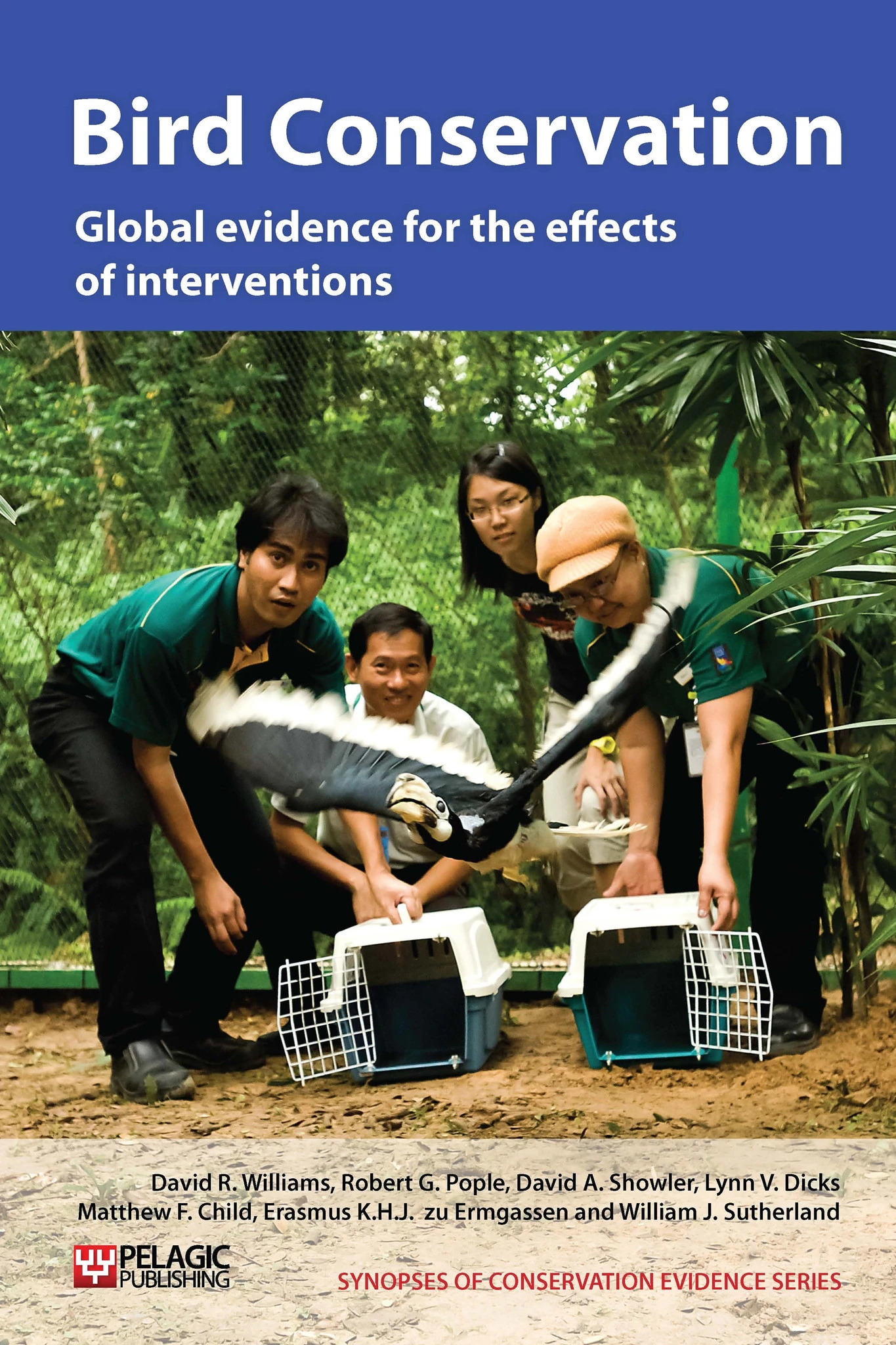Artificially incubate and hand-rear parrots in captivity
-
Overall effectiveness category Unknown effectiveness (limited evidence)
-
Number of studies: 4
View assessment score
Hide assessment score
How is the evidence assessed?
-
Effectiveness
19% -
Certainty
30% -
Harms
11%
Study locations
Supporting evidence from individual studies
A study in southeast Arizona, USA (Snyder et al. 1994), released seven hand-reared thick-billed parrots Rhynchopsitta pachyrhyncha into the Chiricahua Mountains between September 1986 and September 1993 as part of a wider release and translocation programme. None was alive a month after release. This was significantly lower survival than wild-caught birds translocated as part of the same programme. This study is discussed in more detail in ‘Release captive-bred individuals’, ‘Translocate Individuals’ and ‘Use holding pens at release sites’.
Study and other actions testedA small study in 1990-1 on Margarita Island, Venezuela (Sanz & Grajal 1998), found that all 14 yellow-shouldered amazon Amazona barbadensis chicks hand-reared at a release centre fledged successfully. Two of the birds were killed by predators before release, but the remaining 12 were released and at least ten survived for at least a year (see ‘Release captive-bred individuals’ for details). Hand-rearing involved feeding birds three times a day using a syringe with commercial parrot food and fruits. From 55 days old, chicks were provided with chunks of fruit and whole fruits. This study is also discussed in ‘Foster eggs or chicks with wild conspecifics’ and ‘Use education programmes and local engagement to help reduce pressures on species’.
Study and other actions testedA 2001 review of data from the kakapo Strigops habroptilus management programme in New Zealand (Elliott et al. 2001) found that 22 chicks were removed from nests between 1992 and 1999, with nine surviving (41%) and being released into the wild. These nine represent 60% of the 15 birds fledged between 1990 and 2001. However, the authors note that eggs artificially incubated from an age of less than ten days old had low success rates. None of the birds raised had reached breeding age by the time of the review, so their breeding behaviour and success was unknown.
Study and other actions testedA replicated, controlled study at a rehabilitation centre in southern Brazil in 1997-9 (Seixas & Mourao 2003) found that hand-reared blue-fronted amazons Amazona aestiva grew for longer than wild birds (with an average growth period of 64 days for 124 captive-reared birds vs. 56 days for 86 wild nestlings). This meant that fledging weights of captive-reared birds were significantly higher than wild birds (average weights of 401.g for 34 captive males and 362 g to 28 females vs. 364 g for nine wild males and 343 g for 12 wild females). Birds were initially fed on a mix of mashed fruit, vegetables, corn flour and puppy food three times per day, changing to fruit, vegetables, seeds and grain as they grew.
Study and other actions tested
Where has this evidence come from?
List of journals searched by synopsis
All the journals searched for all synopses
This Action forms part of the Action Synopsis:
Bird Conservation
Bird Conservation - Published 2013
Bird Synopsis





)_2023.JPG)














